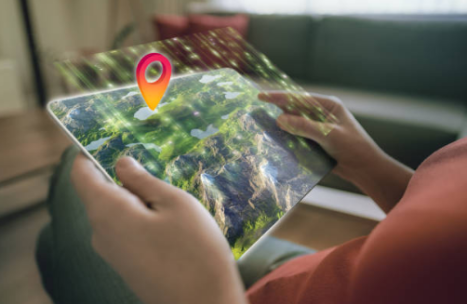 There are many inventions in today’s world. The GIS or Geographic Information System is one of these inventions. Huge geographic data is gathered by this system. Before the last step of displaying the info, the system initially gathers, scrutinizes, interprets, sorts and distributes the said data. This display is in digital form. Geographic information systems Greenville covers all trains, elevations and any other geographical features. In real sense, the usefulness of this data cannot be quantified.
There are many inventions in today’s world. The GIS or Geographic Information System is one of these inventions. Huge geographic data is gathered by this system. Before the last step of displaying the info, the system initially gathers, scrutinizes, interprets, sorts and distributes the said data. This display is in digital form. Geographic information systems Greenville covers all trains, elevations and any other geographical features. In real sense, the usefulness of this data cannot be quantified.
GIS has numerous uses. One of the common ways that this system is useful is in making real-time maps. Many people know this use only even through there are other numerous applications. On the other hand, maps have numerous applications as well. They help in planning, construction, land allocation, search, and so much more. Mapping is of different types including aerial imagery.
There are other scientific applications that incorporate GIS. All activities that involve exploration of land or even excavation must first acquire the geographical information of that area. Urban planning, forestry, oil and gas mining, agriculture, and environmental assessments are just some of these activities.
When land planning comes into play, Greenville geographic information systems is very much applicable. All kinds of land reclamation, survey and construction are just some of the things involved in the broad are of land planning. Before any step can be taken, the engineers on the ground must first assess the geographic info of the are. This means that the data from the GIS must be present.
GIS is equipped with thermal imaging that helps in detecting any changes on the surface of the earth. This way, it is helpful in the detection and mapping of earthquakes. Any significant tectonic shift can be detected as well. This helps to warn any settlements of imminent danger. Via the thermal imaging, if any fissures open near volcanic mountains, the necessary measures can be taken.
GIS is also used to study climate. Shifts in winds, temperature and other weather patterns affect the surrounding area tremendously. All this info is incorporated by the GIS to help foretell any climatic change. The melting of ice in the Arctic, for instance, has been studied for a long time via GIS.
Another practical use of the GIS is security. First in line to be looked after is the environment. All projects that involve the land like construction need to be done where they cause less harm to the environment. On the same note, the geographical information is phenomenal in tracking any kind of natural disaster. Forest fires, tsunamis, earthquakes, volcano eruptions and the likes can be detected before they happen. Response teams will be on the standby because of this info.